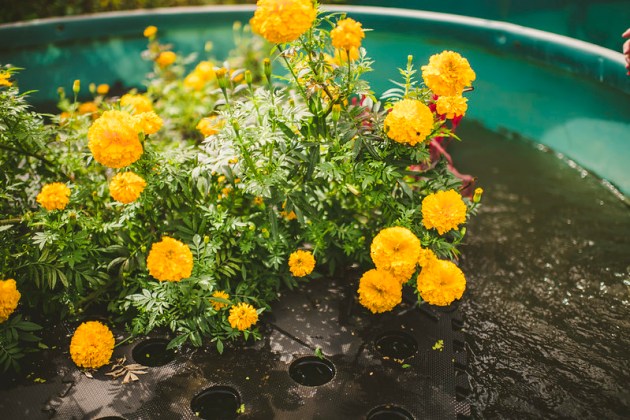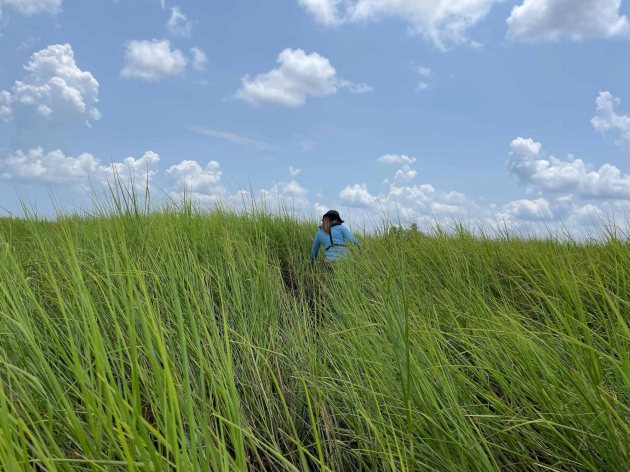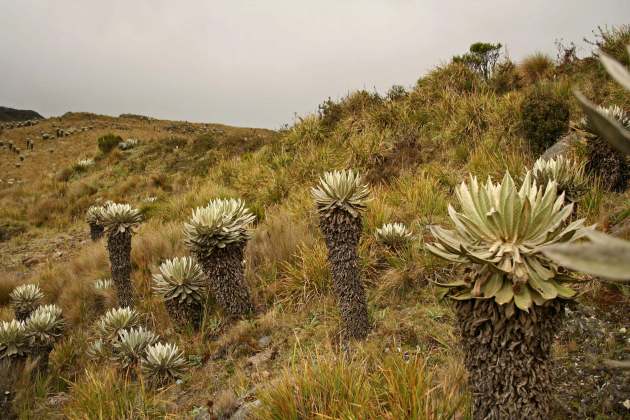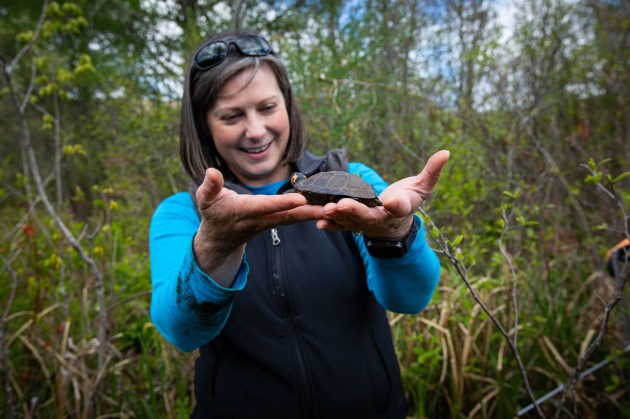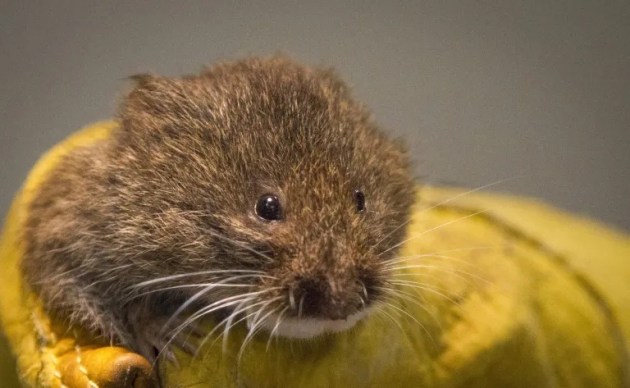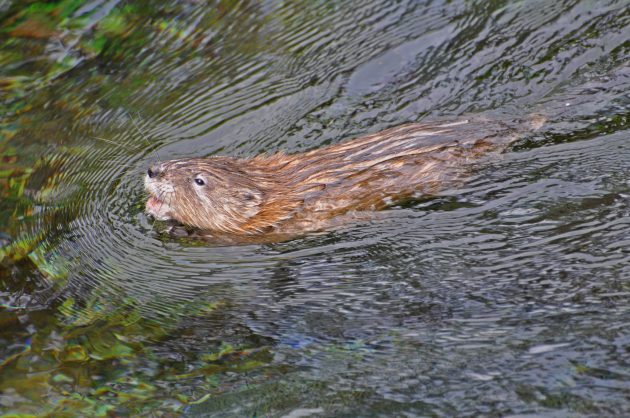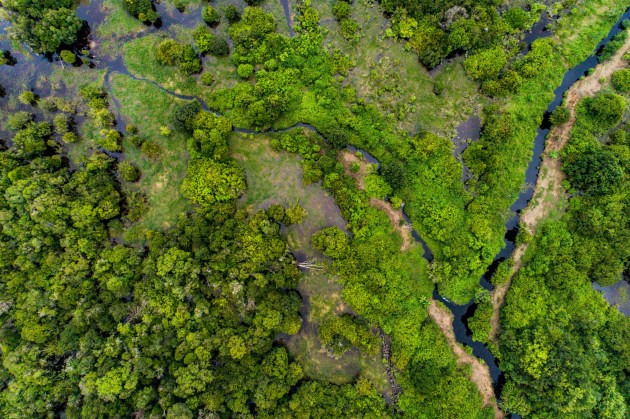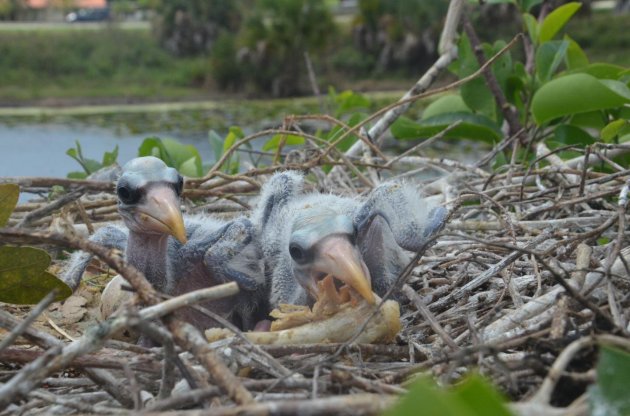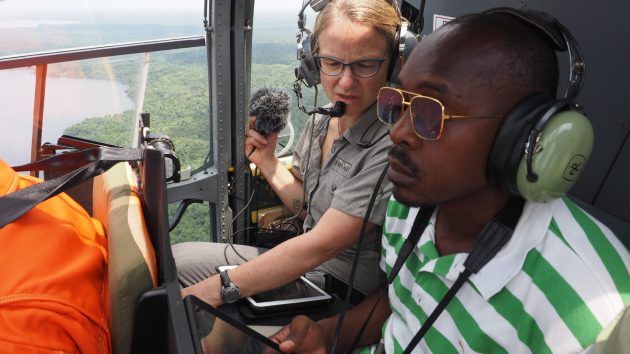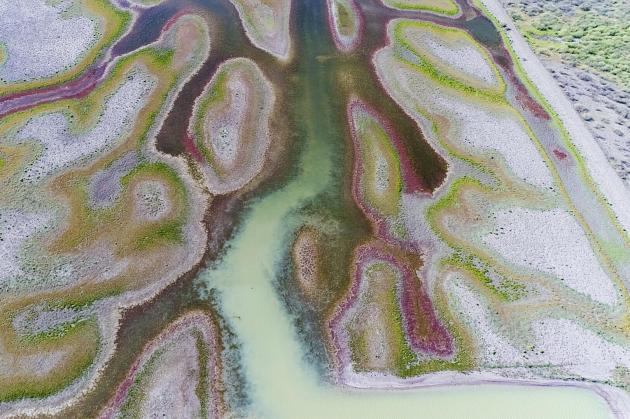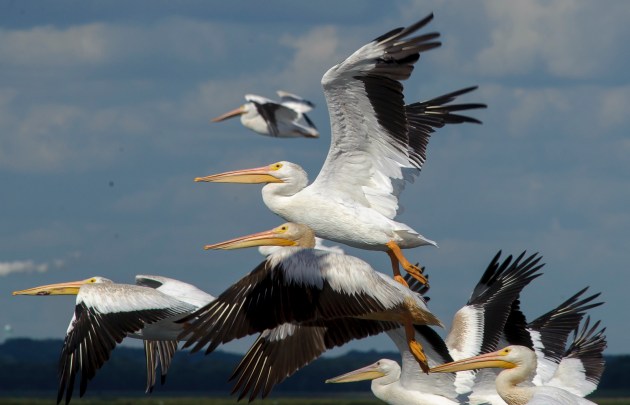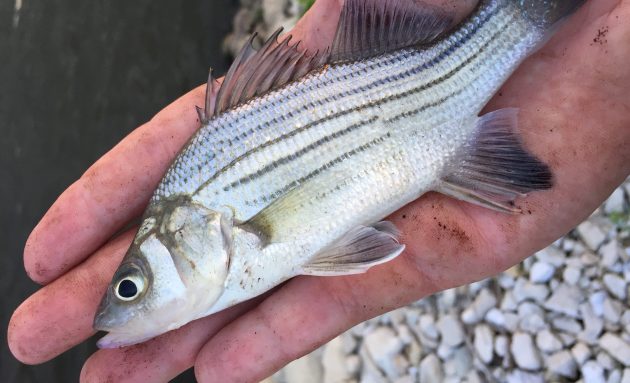Discover stories in Wetlands
Floral Arrangement: Can Floating Flower Mats Reduce Nutrient Pollution?
Floating flowers have the power to clean nutrient-loaded runoff in South Florida.
Marsh on the Move
In Georgia, researchers are testing the mettle of the marsh and beginning to track its shifts.
Peatlands Are One of Earth’s Most Underrated Ecosystems
Peatlands are incredible Natural Climate Solutions. They cover only 3% of Earth’s surface, but store around 30% of all the carbon on land.
The Search for America’s Tiniest Turtles
In Massachusetts, a team is restoring wetlands and using some old-school ways to track bog turtles process.
The Amargosa Vole is the World’s Cutest Litmus Test of the Human-Water Relationship
The Amargosa vole is a story of loss and rediscovery, peril and surprise.
Meet the Muskrat: Push-Up Champion of Cattail Marshes
Meet the small semi-aquatic mammal of the cattail marsh.
The Carbon Cost of Converting Peatlands to Oil Palm
New research from Indonesia calculates the carbon cost of converting peat swamps to oil palm plantations: 640 metric tons of CO2 per hectare.
Dumpster Diving Helps Urban Wood Storks Survive
New research suggests that urban environments can act as a buffer for wetland bird species when natural food sources become unpredictable.
Better Mapping for Better Management of Gabon’s Coastal Wetlands (and Beyond)
If a picture is worth a thousand words, an accurate map may well be worth an entire novel. In Gabon, scientists are working to map a healthy future for Gabon's coastal wetlands.
Bird Country: Saving the Riverina’s Last Wild Wetlands
In a dry corner of southeast Australia, life-giving wetlands sustain a huge array of birds—and a 50,000-year old culture.
Restoring Emiquon’s “Wetland of Dreams”
Restoring a large cornfield to a wetland isn’t a glimpse at the past, but a look to conservation’s future.
50 Fish, 50 States: The Bass of Emiquon
Chasing bass on a former cornfield turned restored wetland in Illinois.
